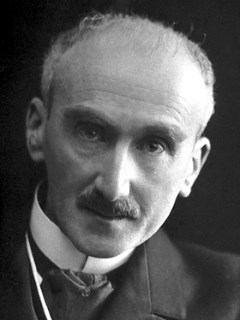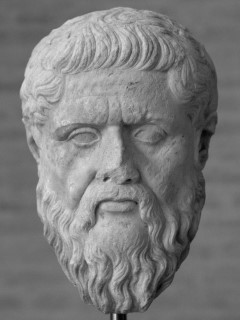

Teaching comic narratives
pp. 71-85
in: Richard Jacobs (ed), Teaching narrative, Berlin, Springer, 2018Abstract
This chapter examines the challenges and rewards peculiar to teaching comic narrative. Readers frequently respond to humor as trivial, so students who expect readings in university courses to be "important" often fail to recognize when a text is also funny. Instead, they find these texts confusing: why do the characters behave so illogically and say such contradictory things? Recognizing humor can be even more difficult when a text's comic elements depend on unfamiliar references, or when the subject matter is shocking. But jokes often provide the focal point for a text's thematic components, and are often where apparently contradictory ideas are brought into productive conflict. Using examples from Tom Stoppard, Sterling Brown and Virginia Woolf, and drawing on theories of humor from Plato to Bergson, this chapter will examine ways to help students see how comic narratives construct substantive philosophical and political arguments.




